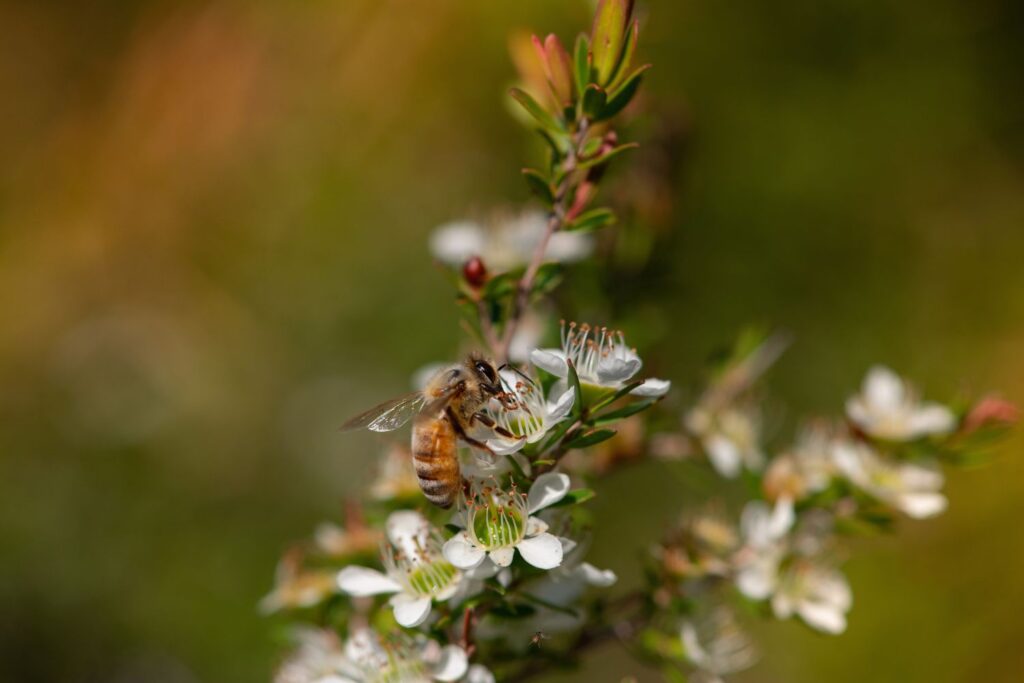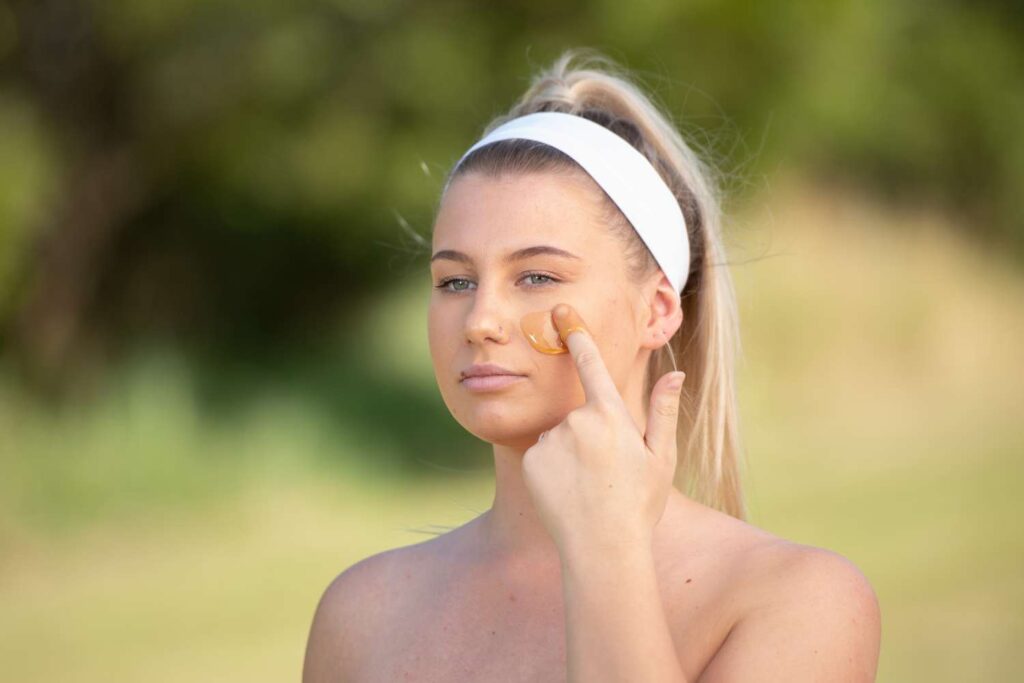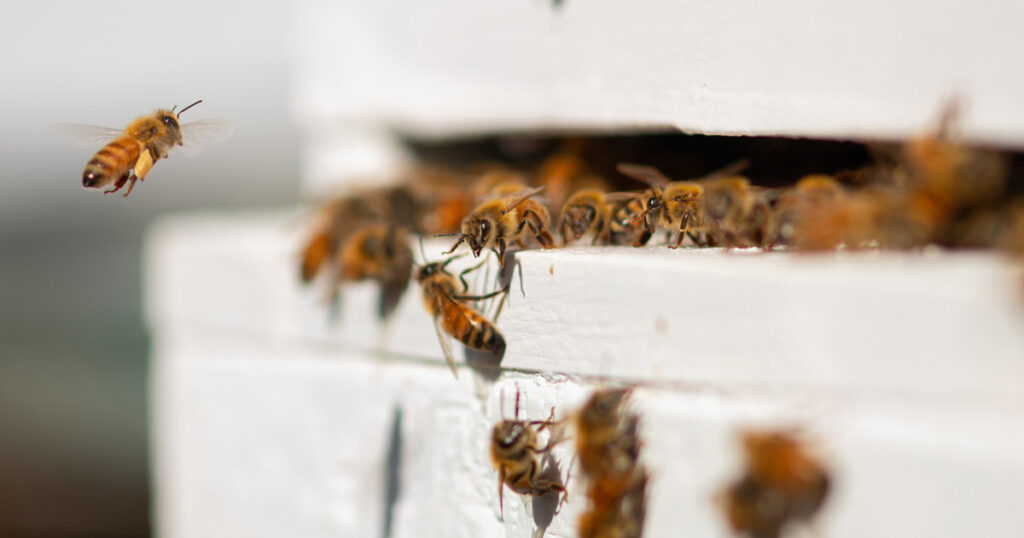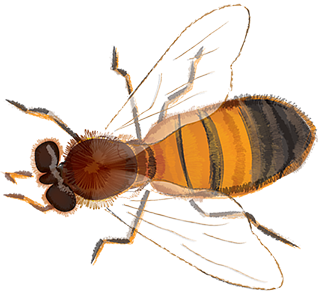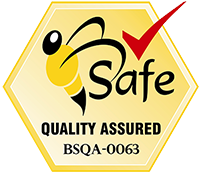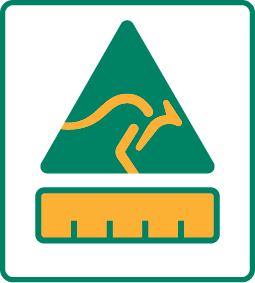UMF vs MGO Ratings for Manuka Honey
What is Manuka Honey? Manuka honey is produced by nectar gathered from the Leptospermum family of plants. Manuka is the Maori name for Leptospermum scoparium. Leptospermum scoparium is found in both Australia and New Zealand. New Zealand was first to successfully market the benefits of Manuka honey. Manuka honey is unique because it contains antibacterial […]
UMF vs MGO Ratings for Manuka Honey Read More

